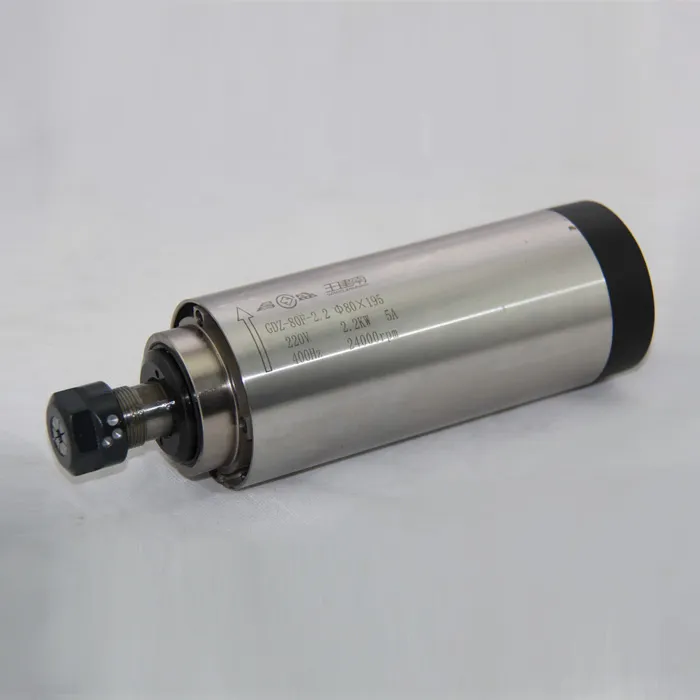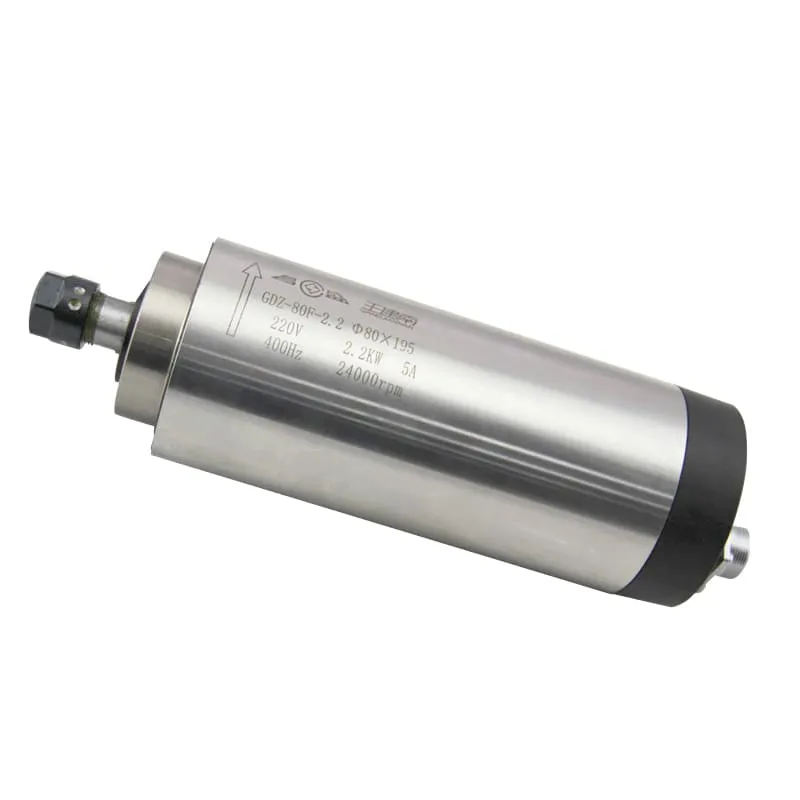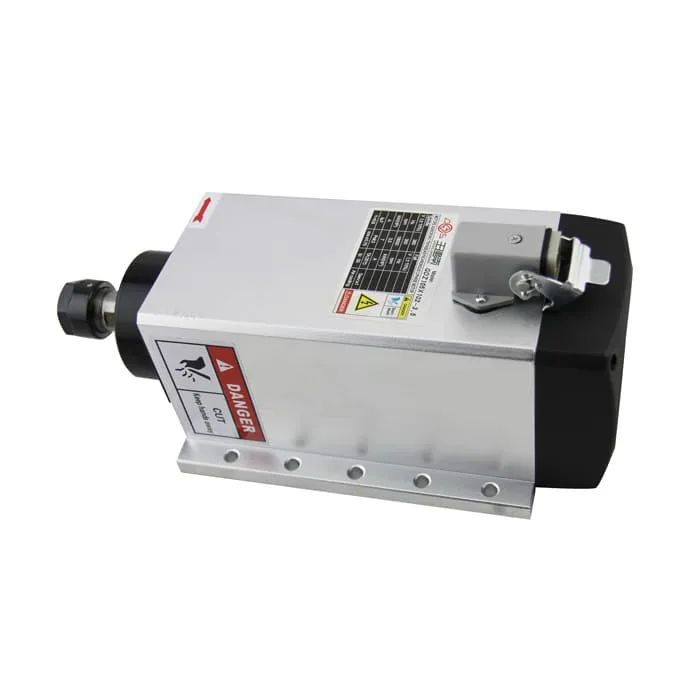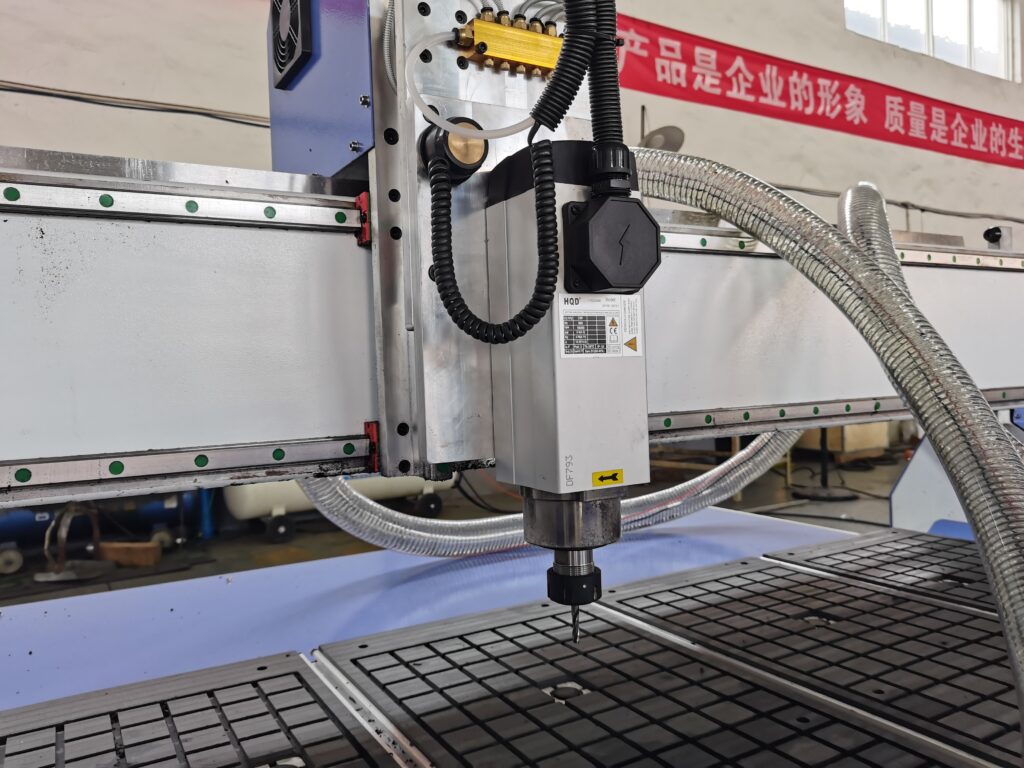Can a CNC Machine Engrave?
In the world of precision manufacturing and personalized craftsmanship, CNC (Computer Numerical Control) machines have revolutionized the way we create and customize products. A common question that arises, especially for those exploring the capabilities of these versatile machines, is: can a CNC machine engrave? The answer is a resounding yes, and in this comprehensive guide, we’ll delve into the fascinating world of CNC engraving, exploring its techniques, applications, and the incredible possibilities it offers.
Understanding CNC Engraving
CNC engraving is a process where a computer-controlled machine uses various tools to create designs, text, or patterns on a material’s surface. This precise and automated method allows for intricate and repeatable engravings on a wide range of materials, from soft woods to hard metals.
The ability of a CNC machine to engrave opens up a world of possibilities for customization and detail work. Whether you’re creating personalized gifts, industrial components, or artistic pieces, CNC engraving offers unparalleled precision and consistency.
Types of CNC Engraving Techniques
CNC machines can employ several engraving techniques, each with its own strengths and ideal applications:
- Rotary Engraving: Uses a spinning cutting tool to remove material.
- Laser Engraving: Utilizes a focused laser beam to etch or burn the surface.
- Diamond Drag Engraving: Employs a diamond-tipped tool that’s dragged across the surface.
- 3D Engraving: Creates three-dimensional relief patterns using specialized toolpaths.
For many engraving applications, a CNC router equipped with a powerful spindle like the 2.2KW ER20 Air-Cooled Spindle provides the necessary precision and control.

Materials Suitable for CNC Engraving
CNC machines can engrave on a wide variety of materials, each requiring specific techniques and tools:
- Wood: Ideal for signs, plaques, and decorative items.
- Metals: Including aluminum, brass, stainless steel, and more.
- Plastics: Acrylic, PVC, and other synthetic materials.
- Glass: Requires special techniques and often uses diamond-tipped tools.
- Stone: Granite, marble, and other hard stones can be engraved with the right tools.
- Leather: Soft materials require careful control of engraving depth.
The choice of material impacts every aspect of the engraving process, from tool selection to machine settings.
Engraving Tools for CNC Machines
Selecting the right engraving tool is crucial for achieving the desired results. Common engraving tools include:
- Engraving Bits: Come in various angles and tip sizes for different effects.
- Ball Nose Bits: Ideal for 3D engraving and creating rounded grooves.
- V-Bits: Used for V-carving and creating varying width lines.
- Diamond Drag Bits: For scratch engraving on hard materials.
- Fiber Laser Modules: For CNC machines equipped with laser capabilities.
The material of the cutting tool is also important:
- Carbide: Durable and suitable for most materials.
- High-Speed Steel (HSS): Less expensive but wears faster.
- Diamond-Tipped: For the hardest materials and finest details.
CNC Engraving Parameters
Successful engraving requires careful selection of machine parameters. These include:
- Spindle Speed: The rotation speed of the cutting tool, measured in RPM.
- Feed Rate: The speed at which the tool moves across the material.
- Depth of Cut: How deep the tool engraves into the material.
- Step Over: The distance between parallel passes when filling an area.
Here’s a basic table of recommended parameters for common engraving materials:
| Material | Spindle Speed (RPM) | Feed Rate (inches/min) | Depth of Cut (inches) |
|---|---|---|---|
| Soft Wood | 16000-18000 | 60-100 | 0.005-0.015 |
| Aluminum | 18000-20000 | 40-80 | 0.001-0.005 |
| Acrylic | 16000-18000 | 50-90 | 0.005-0.010 |
| Brass | 10000-12000 | 20-40 | 0.001-0.003 |
These parameters must be adjusted based on the specific material, tool, and desired finish. A powerful spindle like the 4.5KW ER32 Air-Cooled Spindle can provide the necessary speed and control for a wide range of engraving tasks.

Designing for CNC Engraving
Creating effective designs for CNC engraving requires consideration of both artistic and technical factors:
- Software Choice: Use vector-based design software like Adobe Illustrator or Inkscape for 2D designs, and 3D modeling software for relief engraving.
- Text Considerations: Choose fonts that will engrave well, avoiding extremely thin lines that may break.
- Detail Level: Consider the limitations of your tool and material when planning intricate designs.
- Depth Variation: For 3D engraving, plan how different depths will create visual interest.
- Material Grain: When engraving wood, consider how the grain direction will affect the final look.
Remember, the complexity of designs you can achieve with CNC engraving far exceeds what’s possible with manual methods.
CNC Programming for Engraving
Translating your design into machine instructions involves several steps:
- CAD (Computer-Aided Design): Create your engraving design digitally.
- CAM (Computer-Aided Manufacturing): Generate toolpaths based on the CAD file.
- G-code Generation: Convert CAM instructions into machine-readable G-code.
- Program Optimization: Fine-tune the program for efficiency and quality.
Many modern CAM software packages make this process relatively straightforward, even for beginners.
Challenges in CNC Engraving
While CNC machines excel at engraving, there are challenges to be aware of:
- Material Inconsistency: Variations in material density or hardness can affect engraving depth.
- Tool Wear: Engraving tools can wear quickly, especially on hard materials.
- Heat Management: Some materials may melt or burn if not properly cooled during engraving.
- Workholding: Securing small or irregularly shaped pieces for engraving can be tricky.
- Surface Finish: Achieving a consistent finish across different materials can be challenging.
Addressing these challenges often requires a combination of proper machine setup, tool selection, and cutting strategies.
Advanced Techniques in CNC Engraving
As you become more proficient with CNC engraving, you can explore advanced techniques:
- Multi-Depth Engraving: Creating designs with varying depths for a 3D effect.
- Inlay Work: Engraving pockets to receive inlay materials.
- Texture Creation: Using specialized toolpaths to create textured surfaces.
- Photo Engraving: Converting photographs into engravable designs.
- Rotary Engraving: Using a 4th axis to engrave cylindrical objects.
These techniques open up new possibilities in product customization and artistic expression.
Safety Considerations in CNC Engraving
Safety should always be a top priority when operating CNC machines for engraving:
- Eye Protection: Wear safety glasses to protect against flying debris.
- Dust Collection: Use an efficient dust collection system, especially when engraving wood or plastics.
- Hearing Protection: CNC machines can be loud, so use appropriate ear protection.
- Ventilation: Ensure proper ventilation, especially when engraving materials that may produce fumes.
- Fire Safety: Be aware of the fire risk, especially with laser engraving, and have appropriate extinguishers on hand.
- Training: Proper training in machine operation and safety procedures is essential.
Applications of CNC Engraving
CNC engraving finds applications across numerous fields:
- Signage: Creating custom signs for businesses and events.
- Personalized Gifts: Engraving names or messages on various items.
- Industrial Marking: Adding serial numbers or logos to manufactured parts.
- Jewelry Making: Engraving intricate designs on precious metals.
- Awards and Trophies: Creating custom awards for various occasions.
- Artistic Creations: Producing detailed artistic pieces and sculptures.
- Electronics: Engraving control panels and device casings.
The versatility of CNC engraving makes it valuable in both commercial and artistic settings.
Choosing the Right CNC Machine for Engraving
Selecting the appropriate CNC machine for engraving depends on several factors:
- Material Focus: Consider the primary materials you’ll be engraving.
- Size Requirements: Ensure the machine’s work area can accommodate your typical projects.
- Precision Needs: Higher precision may be necessary for fine detail work.
- Production Volume: Higher volume production may require more robust machines.
- Budget: Balance capabilities with your budget constraints.
- Versatility: Consider machines that can perform other operations besides engraving.
For many engraving applications, a CNC router equipped with a powerful spindle like the 3.5KW ER20 Air-Cooled Spindles can provide an excellent balance of power and precision.

Maintenance of CNC Machines for Engraving
Proper maintenance is crucial for the longevity and performance of your CNC engraving machine:
- Regular Cleaning: Remove dust and debris after each use.
- Lubrication: Keep moving parts properly lubricated.
- Tool Inspection: Regularly check and replace worn engraving tools.
- Alignment Checks: Ensure the machine remains properly aligned for precise engraving.
- Software Updates: Keep your control software up to date.
- Calibration: Periodically calibrate the machine to maintain accuracy.
A well-maintained machine will provide consistent results and a longer operational life.
The Future of CNC Engraving
As technology advances, we can expect to see several trends in CNC engraving:
- Increased Automation: Integration with robotic systems for material handling.
- Improved Software: More intuitive design and CAM software specifically for engraving.
- Advanced Sensors: Real-time monitoring of engraving depth and quality.
- Multi-Material Capabilities: Machines that can seamlessly switch between different engraving techniques.
- Hybrid Manufacturing: Combination of engraving with other manufacturing processes.
- AI Integration: Use of artificial intelligence for optimizing engraving strategies and design interpretation.
These advancements promise to make CNC engraving even more accessible and capable in the future.
FAQs
What’s the difference between CNC engraving and laser engraving?
CNC engraving typically uses a rotating cutting tool to remove material, while laser engraving uses a focused beam of light to burn or vaporize the surface. CNC engraving can often cut deeper and work with a wider range of materials, while laser engraving is typically faster and can achieve finer details on certain materials.
Can a CNC machine engrave on curved surfaces?
Yes, many CNC machines can engrave on curved surfaces using specialized fixtures or a 4th axis rotary attachment. This allows for engraving on cylindrical objects like bottles, vases, or cylindrical signs.
What’s the smallest text size that can be engraved with a CNC machine?
The minimum text size depends on the machine’s precision, the engraving tool used, and the material being engraved. With a high-precision CNC machine and the right setup, text as small as 1mm in height can be engraved legibly on some materials.
Is CNC engraving suitable for home use or small businesses?
Absolutely. There are many desktop and benchtop CNC machines designed for home and small business use. These machines are more affordable and compact, making them suitable for small workshops while still offering impressive engraving capabilities.
How does the cost of CNC engraving compare to other engraving methods?
The initial investment in a CNC machine can be higher than some other engraving methods. However, CNC engraving often offers greater versatility and can be more cost-effective for larger production runs or when working with a variety of materials and designs.
Conclusion
Can a CNC machine engrave? Absolutely, and with remarkable precision and versatility. CNC engraving has opened up a world of possibilities for customization, decoration, and industrial marking. From intricate artistic designs to functional industrial components, CNC machines have proven their worth in the field of engraving.
The ability of CNC machines to work with a wide range of materials, from soft woods to hard metals, makes them invaluable tools for engravers of all levels. The combination of computer-controlled precision, advanced cutting tools, and sophisticated software allows for the creation of complex designs and patterns that would be challenging or impossible to produce manually.
However, successful CNC engraving is not just about having the right machine. It requires a deep understanding of materials, cutting tools, and machining parameters. It demands attention to safety, proper maintenance, and continuous learning to keep up with advancing technologies.
As we look to the future, CNC engraving continues to evolve, with advancements in automation, software, and hybrid manufacturing promising even greater capabilities. The integration of artificial intelligence and advanced sensors is set to make CNC machines smarter and more efficient than ever before.
Whether you’re a hobbyist looking to personalize gifts, an artist seeking to create intricate designs, or a business needing to mark products, CNC engraving offers a world of possibilities. With the right machine, tools, and knowledge, you can transform plain surfaces into works of art, functional labels, or personalized treasures.
In conclusion, CNC machines are not just capable of engraving – they excel at it. They represent the cutting edge of engraving technology, continually pushing the boundaries of what’s possible in surface decoration and marking. As this technology continues to advance, we can look forward to even more exciting developments in the world of CNC engraving, opening up new possibilities for creativity, customization, and precision manufacturing.

